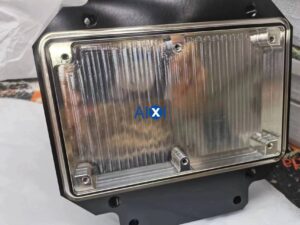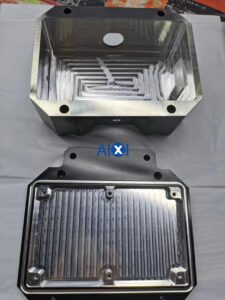Anodizing: Electrochemical oxidation of metals or alloys (most anodizing is done on aluminum and its alloys). Aluminum and its alloys form an oxide film on the aluminum product (anode) under the corresponding electrolyte and specific process conditions due to the action of the applied current. Anodizing generally refers to sulfuric acid anodizing.
Alodine treatment: Aluminum and aluminum alloys adopt chromium phosphating treatment technology. The phosphating solution is mainly composed of phosphate and hexavalent chromium, and fluoride ions are generally added. The formed phosphating film is emerald green and has good compatibility with paint and corrosion resistance.
Difference: The biggest difference between the two is that the oxide film produced by Alodine is softer than that produced by anodic oxidation.
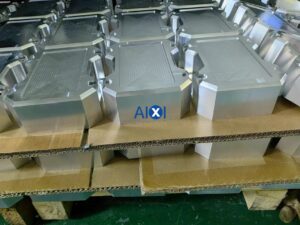
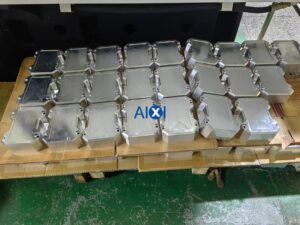
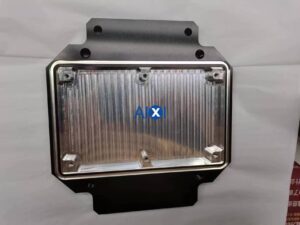
Purpose after anodizing:
1. Anodized aluminum or its alloys improve its hardness and wear resistance.
2. Good heat resistance.
3. Hard anodized film has excellent insulation.
4. Enhanced corrosion resistance.
5. There are a large number of micropores in the oxide film thin layer, which can absorb various lubricants.
6. Decorative, the film micropores have strong adsorption capacity and can be colored into various beautiful and bright colors.
Characteristics of anodizing:
1. Hard and wear-resistant
2. Corrosion resistance
3. Color stability
4. Good electrical insulation, which can effectively prevent electrical corrosion between metal parts
5. Enhance the aesthetics and sense of grade of metal
Purposes of Alodine Treatment:
1. Improve the corrosion resistance of the aluminum alloy surface.
2. Improve the adhesion with the primer. The formed oxide film is 0.5-4 microns thinner, soft, porous, and has good adsorption performance, without changing the mechanical properties of the material, and without affecting the size of the workpiece.
3. Can be used as a coating to change electrical conductivie
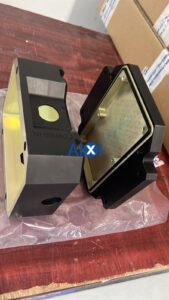
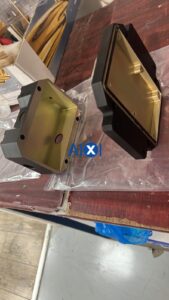
Properties of Alodine Treatment:
1. Alodine solution is stable, has a long service life, is easy to maintain, and is suitable for large-scale continuous production.
2. The operation time is short, from a few minutes to an hour. No power consumption, simple equipment and low cost.
3. Alodin oxidation still has a certain conductivity.
4. The Alodine process is mainly carried out at room temperature, with low energy consumption and less pollution.
Tips:Alodine solution is poisonous and cannot be in contact with the human body. It cannot be disposed of at will and must be fully diluted before being discarded. Alodine is flammable and should be kept away from sources of ignition. Cloths that have been treated with alodin solution should also be isolated to avoid fire.
Anodizing applications:This method is widely used in mechanical parts, aircraft and automobile parts (engine cylinders or other wear-resistant parts); the bottom layer of electroplating and painting to improve the quality of electroplating and the corrosion resistance of metals. Precision instruments and radio equipment, daily necessities and architectural decoration, etc.
Applications of Alodine Treatment: The main function is to separate the aluminum alloy material from the corrosive medium such as liquid in the surrounding environment, and play an anti-corrosion role. For example, improve the bonding force between the aviation primer coating and the surface of the aluminum alloy structure, improve the adhesion effect of the primer; maintain the electrical conductivity of the aviation aluminum alloy structure, and meet the electrical conductivity requirements between aircraft parts, etc.

 Deutsch
Deutsch Français
Français 日本語
日本語 Español
Español
